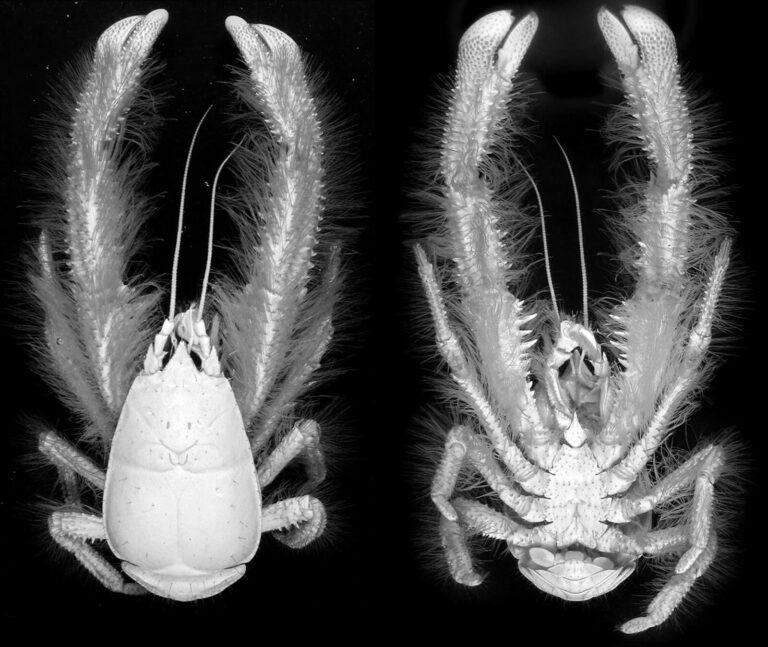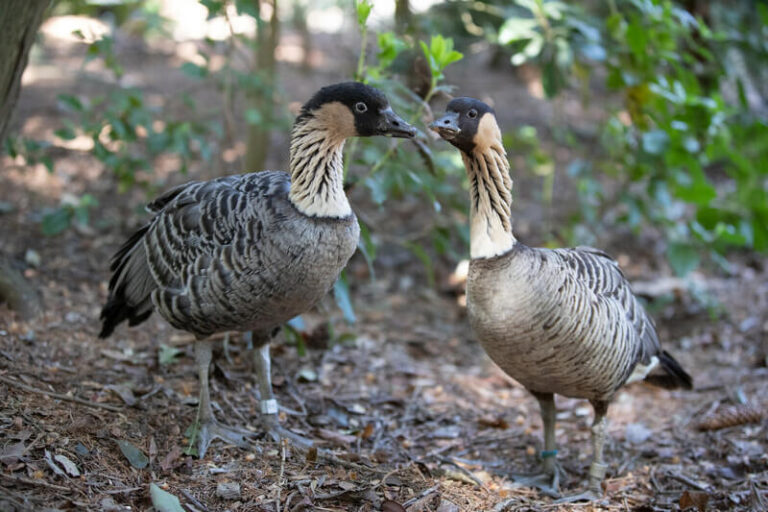Discover the Amazing World of Orangutans: Facts & Insights
Orangutans are among the most intelligent and fascinating primates in the animal kingdom. Known for their distinctive red fur and incredible arboreal skills, these great apes are critically endangered and play a crucial role in their ecosystems.
This article delves into the world of orangutans, exploring their scientific classification, physical characteristics, habitat, behavior, diet, reproduction, predators, and conservation status. It highlights interesting facts, their evolutionary history, and the complex relationship between orangutans and humans.
Contents
Scientific Classification
- Kingdom: Animalia
- Phylum: Chordata
- Class: Mammalia
- Order: Primates
- Family: Hominidae
- Genus: Pongo
- Species:
- Bornean Orangutan (Pongo pygmaeus)
- Sumatran Orangutan (Pongo abelii)
- Tapanuli Orangutan (Pongo tapanuliensis)
Physical Characteristics

Orangutans are the largest arboreal (tree-dwelling) animals in the world. They have long arms, which can reach up to 7 feet in length, enabling them to swing effortlessly between trees. Their bodies are covered in coarse, reddish-orange fur, which provides insulation and camouflage in their forest habitats. Males are larger than females, with prominent cheek pads (flanges) and large throat sacs that amplify their calls.
- Size: Males can weigh between 110-220 pounds, while females are smaller, ranging from 66-110 pounds.
- Lifespan: Orangutans can live up to 30-40 years in the wild and over 50 years in captivity.
- Distinctive Features: Their opposable thumbs and big toes allow for a strong grip on branches. Males develop distinctive cheek pads and throat sacs as they mature.
Habitat
Orangutans are native to the tropical rainforests of Southeast Asia, specifically the islands of Borneo and Sumatra. Each species is found in distinct areas:
- Bornean Orangutan: Found in the lowland and mountainous rainforests of Borneo.
- Sumatran Orangutan: Inhabits the forests of northern Sumatra.
- Tapanuli Orangutan: Resides in a small region in the Batang Toru forest in northern Sumatra.
These apes prefer dense, old-growth forests with a rich canopy, where they build nests in trees and have access to a diverse diet.
Behavior

Orangutans are solitary animals, primarily active during the day (diurnal). They spend most of their lives in trees, moving slowly and carefully among branches. They are known for their complex tool use, such as using sticks to extract insects or using leaves as umbrellas during rain. Communication among orangutans includes a variety of vocalizations, gestures, and facial expressions.
- Social Structure: Adult males are generally solitary, while females may be accompanied by their offspring.
- Tool Use: They are among the few non-human primates that use tools in the wild, showcasing their problem-solving abilities.
Diet
Orangutans are omnivorous, but their diet is predominantly herbivorous, consisting mainly of fruit (up to 60%), leaves, bark, flowers, and insects. They are fond of durian, a spiky, odorous fruit rich in nutrients. Seasonal changes significantly impact their diet, with orangutans adapting to eat whatever is available in their environment.
- Favorite Foods: Fruits, particularly figs and durians, comprise a large portion of their diet. They also consume insects, bird eggs, and small vertebrates when necessary.
Reproduction
Orangutans have one of the longest interbirth intervals among mammals, typically giving birth once every 7-9 years. Females usually give birth to a single offspring after a gestation period of about 8.5 months. Mother orangutans are highly attentive, nursing and teaching their young survival skills for up to 7 years, one of the longest child-rearing periods in the animal kingdom.
- Mating Behavior: Males emit long calls to attract females and establish their territory.
- Parental Care: Mothers are solely responsible for raising their young, providing care, protection, and education in foraging.
Predators
Orangutans have few natural predators due to their size and strength. However, they are occasionally threatened by large carnivores like Sumatran tigers and clouded leopards. The most significant threats, however, come from humans through habitat destruction, illegal wildlife trade, and poaching.
- Natural Predators: Sumatran tigers, clouded leopards, and occasionally large pythons.
- Human Impact: Deforestation, palm oil plantations, and illegal hunting pose significant threats.
Conservation Status
All species of orangutans are classified as Critically Endangered by the IUCN Red List, primarily due to habitat loss, illegal logging, and the expansion of palm oil plantations. Conservation efforts include habitat preservation, anti-poaching patrols, and rehabilitation centers where orphaned orangutans are cared for and released back into the wild.
- Population Estimates:
- Bornean Orangutan: Approximately 104,700 individuals.
- Sumatran Orangutan: Around 14,000 individuals.
- Tapanuli Orangutan: Less than 800 individuals, making it the rarest great ape species.
Interesting Facts
- Orangutans share about 97% of their DNA with humans, making them one of our closest relatives.
- They are known to use medicinal plants to self-medicate, demonstrating their understanding of natural remedies.
- The word “orangutan” comes from the Malay words “orang” (person) and “hutan” (forest), meaning “person of the forest.”
Evolutionary History
Orangutans diverged from the common ancestors of humans and other great apes around 12-16 million years ago. Fossil evidence suggests that orangutans were once widespread across Southeast Asia, but their range has significantly reduced due to climatic changes and human activities.
Relationship with Humans
Orangutans have a complex relationship with humans, revered in some cultures and exploited in others. They have been featured in myths, movies, and as symbols of conservation. However, the illegal pet trade and habitat destruction driven by human activities have put these apes in grave danger. Conservation efforts focus on fostering a harmonious coexistence between humans and orangutans.
Conclusion
Orangutans have incredible intelligence, unique behaviors, and a deep connection to their forest habitats. Despite facing severe threats, conservation efforts continue to fight for their survival. Protecting orangutans means preserving an entire ecosystem, as these great apes are vital for maintaining the health of their rainforest homes. Understanding and appreciating these “persons of the forest” is essential for ensuring their future in the wild.
- Golden Retriever Pros and Cons: What Every Pet Parent Should Know - 15 September 2025
- Cane Corso Dog Breed: Health, Care, and Lifespan - 14 September 2025
- Catahoula Leopard Dogs: Description, Temperament, Lifespan, & Facts - 21 July 2025







